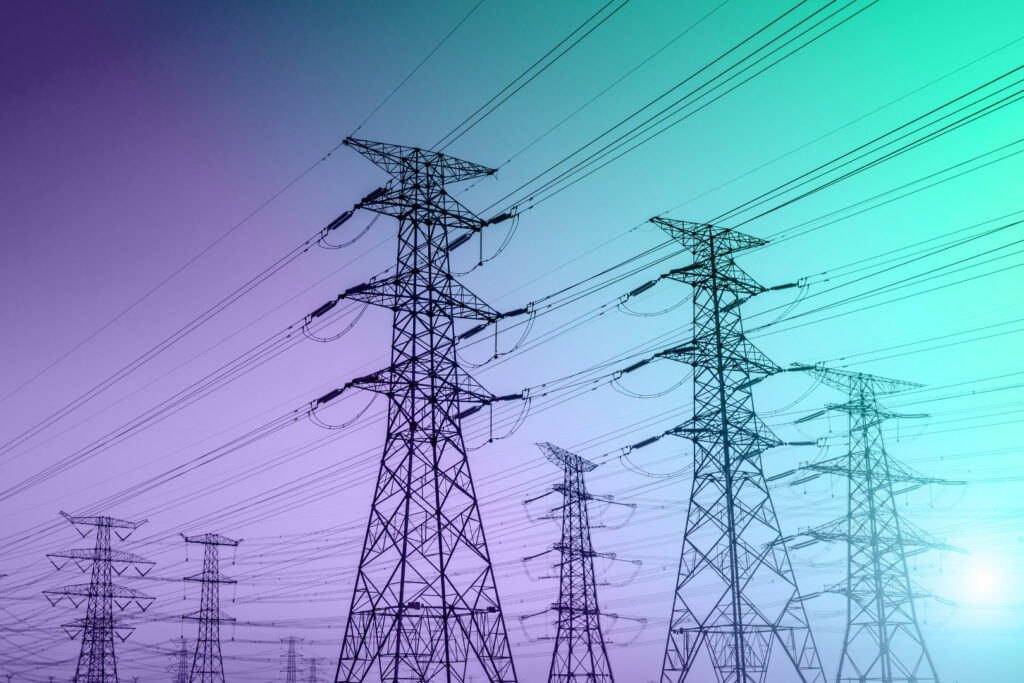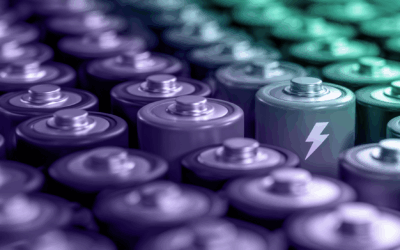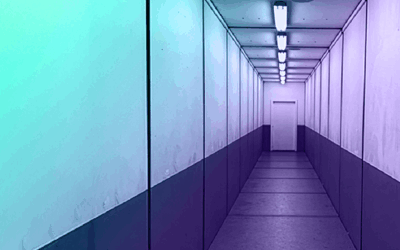By: Jack Dearing, Capstone Energy Analyst
Over the past year, the US clean energy industry has hit record after record. Last May, renewable energy sources in California briefly served the state’s total electricity demand. Coastal states have rapidly expanded offshore wind targets well past the Biden Administration’s 30 GW by 2030 goal. The first utility-scale offshore wind farm in the US expects to begin commercial operations by the end of this year. Electric vehicle sales have grown rapidly, hitting a record 7.2% of total vehicle sales in Q1 2023. Above all, the Inflation Reduction Act has blown wide open the door to the US clean energy industry, leading to rapid growth in planned clean energy capacity and manufacturing centers across the US.
Yet, despite what appears to be a freight train of clean energy barreling into the electric industry, the US energy transition faces one stubborn bottleneck: electric transmission capacity. The Department of Energy expects the US grid will need to expand by 57% by 2035, both to boost clean energy development and to improve resilience, reliability, and resource adequacy. California’s brief carbon-free power success last May fell flat once the sun set, and—unable to import sufficient alternative clean energy sources from its neighbors due to years of inadequate transmission growth—the state instead relied on its natural gas fleet to make up the difference. In Texas, similar transmission constraints prevent wind and solar resources booming in West and South Texas from reaching its population centers in North and East Texas. Data centers in Northern Virginia, where an estimated 70% of the global internet traffic traverses, will soon hit peak grid capacity without further buildout. Virtually every state can point to some existing transmission need hindered by glacial regulatory, technical, and project-level timelines.
We believe the underappreciated policy backdrop—specifically regarding permitting reform and a new status quo in the pace of projects—is starting to challenge the conventional way of doing business.
Permitting reform is gaining momentum and remains a hot topic in Congress, a bipartisan goal with highly polarized solutions. Recognizing that streamlining federal permitting will be required to achieve several energy goals in the US, whether focused on economy-wide decarbonization, reducing foreign energy and resource dependence, or simply focused on economic development opportunities, Democrats, Republicans, and Sen. Joe Manchin (D-WV) each face a litany of competing priorities and red lines rendering comprehensive permitting reform an increasingly difficult task. While we believe permitting reform is becoming increasingly likely, it remains to be seen if the bridge can be crossed.
We believe the underappreciated policy backdrop—specifically regarding permitting reform and a new status quo in the pace of projects—is starting to challenge the conventional way of doing business.
But more importantly, we believe the broader transmission status quo is changing. In recent months, the backdrop of the 2010s—marred by tabled and cancelled large transmission projects— appears to have hit a turning point. In quick succession, several high-profile transmission projects, each bringing clean energy from remote areas to regions of high demand have reached key, infrequent, difficult-to-reach milestones rendering their ultimate success much likelier, a reversal of the tendency of the 2010s that relegated most large transmission proposals to the purgatory of endless permitting, litigation, NIMBYism, state legislation, changing administrations, and other constant hurdles to cross.
In the West, California—itself notorious for its own onerous state permitting requirements under the California Environmental Quality Act (CEQA)—will now benefit substantially from new transmission aiming to bring wind power from Wyoming and New Mexico into the state. Last month, the Bureau of Land Management (BLM) approved the 732-mile, high-voltage direct current (HVDC) TransWest Express line that will connect 3 GW of wind from Wyoming to California. Similarly, the 550-mile HVDC SunZia line that will initially allow 3.5 GW of wind to flow from New Mexico received near-unanimous approvals from Arizona and New Mexico regulators and appears likely to receive its final BLM decision in the coming months. Both projects expect to begin construction this year, with completion estimated in 2025 and 2026.
In the East, the golden ticket of Canadian hydropower—sometimes dubbed a battery to the Northeast—to the region’s ambitious decarbonization goals also recently reached two major transmission milestones. Long hampered by local opposition, adverse legislative proposals, and a successful ballot referendum overturning the project, the New England Clean Energy Connect (NECEC), an HVDC line that would flow 1.2 GW of hydropower from Hydro-Québec into New England, received the final go-ahead to re-commence construction as a state court ruled the 2021 referendum unconstitutional. In neighboring New York, Gov. Kathy Hochul (D) announced that the Champlain Hudson Power Express (CHPE), bringing a similar 1.3 GW from Canada to New York City, began construction in November 2022.
States, once anathema to unsightly transmission lines or beholden to NIMBY interests, seem more willing to support transmission (or, at least, are less likely to oppose it). Even California has proposed CEQA reforms to streamline transmission permitting needed to reach its ambitious decarbonization goals. At the federal level, the Federal Energy Regulatory Commission (FERC) has begun to promulgate new rules boosting transmission development, signaling greater federal support overall. In addition to new rulemakings for transmission planning and cost allocation, FERC has also issued a proposal for its transmission backstop siting authority granted by the Infrastructure Investment and Jobs Act (IIJA), streamlining multi-layered state and federal approvals for transmission projects.
Permitting reform remains a necessity to turbocharge the transmission buildout needed to reach US clean energy goals. However, at both state and federal levels, the status quo that had led to a glacial transmission buildout over the past several decades has been thawing. SunZia, TransWest Express, NECEC, and CHPE each have their roots dating to the Bush and Obama administrations. Yet, each has or are on the cusp of commencing construction under the Biden administration, a rare milestone for many now-tabled transmission projects achieved by four in quick succession.
Despite persistent hurdles, the status quo of the 2010s will inevitably evolve under the new and changing landscape into the new status quo of the 2020s.
The devil is in the details—something Capstone prides itself on helping our clients understand and leverage. Despite persistent hurdles, the status quo of the 2010s will inevitably evolve under the new and changing landscape into the new status quo of the 2020s—underappreciated developments for transmission projects and the companies and investors that power them.

Jack Dearing, Capstone Energy Analyst
Read more from Jack:
Expanding Loan Program Presents Opportunities for EV Manufacturers
Energy & Industrials 2022 Policy Preview
Read Jack’s bio here.



























